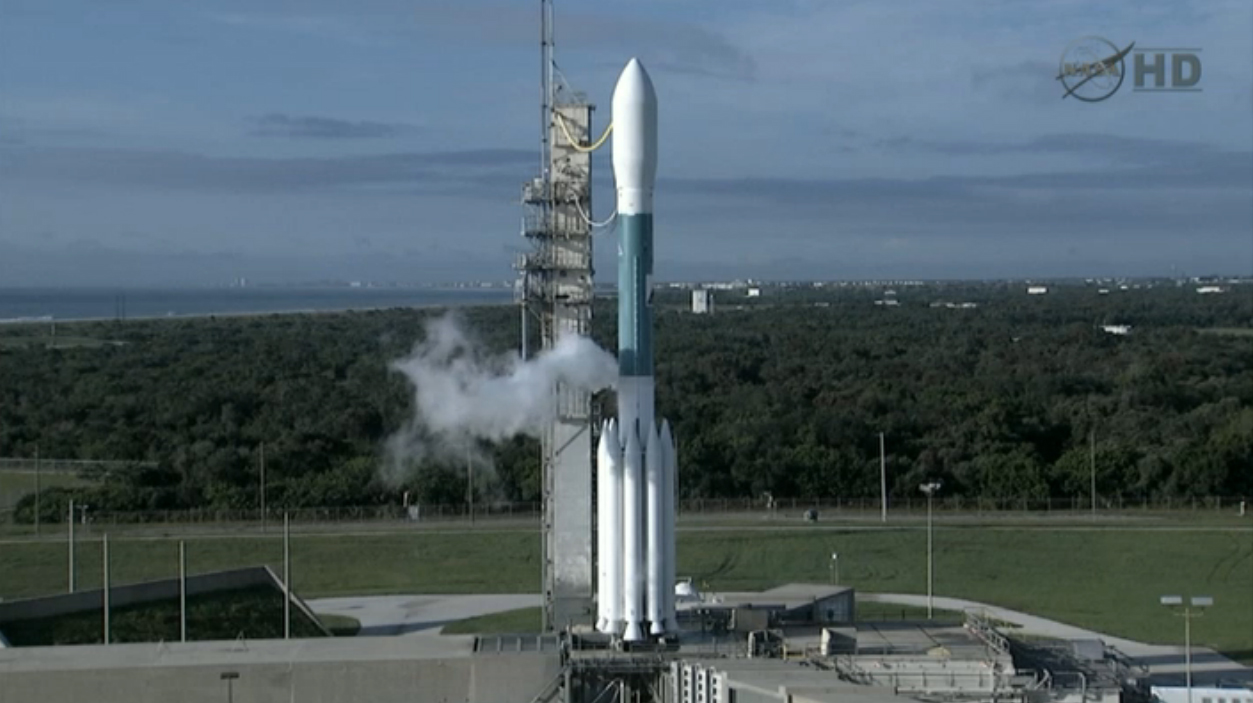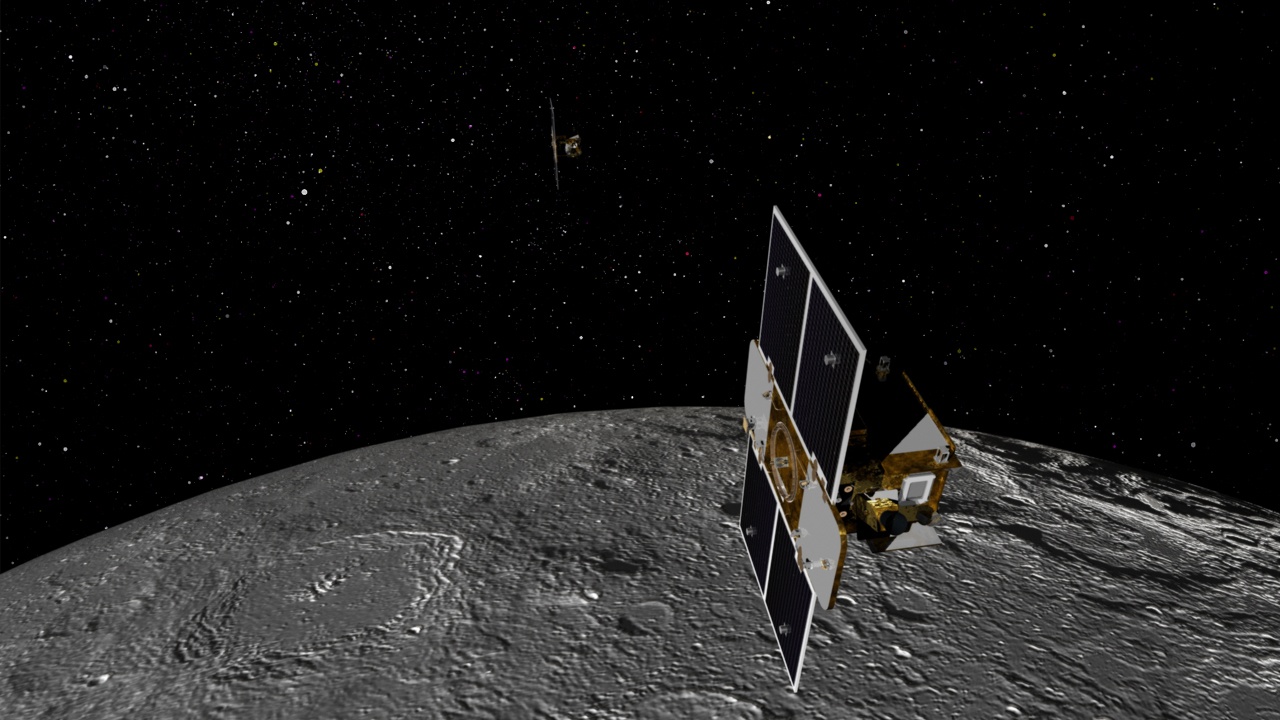NASA Delays Launch of Twin Moon Probes to Saturday

NASA has postponed the launch of two moon gravity mapping spacecraft to no earlier than Saturday (Sept. 10) — the second delay in two days — to give engineers time to investigate a potential glitch with the rocket that will carry the probes into space.
The Grail mission (short for Gravity Recovery And Interior Laboratory) was originally slated to blast off on an unmanned Delta 2 rocket on Thursday (Sept. 8), but strong winds forced the NASA to stand down for the day.
The agency hoped to make another liftoff attempt on Friday (Sept. 9), but an issue with the rocket's propulsion system was detected while the Delta 2 rocket was drained of fuel after Thursday's scrubbed launch, agency officials said in a statement.
NASA now plans to wait until the weekend to allow time to review data from the propulsion system, they added. [Photos of NASA's Grail Moon Gravity Mission]
The twin Grail spacecraft are slated to launch Saturday at 8:29 a.m. EDT (1229 GMT) from the Cape Canaveral Air Force Station in Florida. A second opportunity will also be available at 9:08 a.m. EDT (1308 GMT), if needed.
Current forecasts predict more favorable launch weather over the weekend, with a 60 percent chance of acceptable conditions on Saturday, NASA officials said. [Video: Grail's Mission to Map Moon Gravity]
The $496 million Grail mission will study the interior of the moon and construct accurate and detailed maps of its gravity field. Observations from the three-month mission are expected to help scientists better understand the origin of the moon, its composition, and its evolutionary history.
Breaking space news, the latest updates on rocket launches, skywatching events and more!
You can follow SPACE.com staff writer Denise Chow on Twitter @denisechow. Follow SPACE.com for the latest in space science and exploration news on Twitter @Spacedotcom and on Facebook.

Denise Chow is a former Space.com staff writer who then worked as assistant managing editor at Live Science before moving to NBC News as a science reporter, where she focuses on general science and climate change. She spent two years with Space.com, writing about rocket launches and covering NASA's final three space shuttle missions, before joining the Live Science team in 2013. A Canadian transplant, Denise has a bachelor's degree from the University of Toronto, and a master's degree in journalism from New York University. At NBC News, Denise covers general science and climate change.

